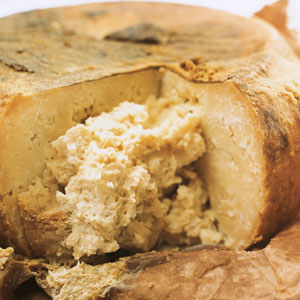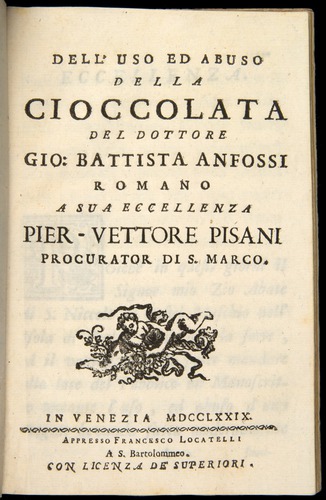
Wine ceramic pitchers, known as boccali, had been in use in Italy since the end of the Middle Ages, with many of them decoratively painted. However, by the 16th century, a variant on this common piece of tableware emerged in the form of the puzzle or trick jug. The pastime of playing tricks on the inebriated originated in Ancient Greece, when ceramic makers constructed drinking vessels to either confuse or embarrass those who had consumed too much wine and lost their bearings. While there is no specific record that these puzzle jugs were known in the Renaissance, they were being produced in 16th century maiolica workshops. The Museo del Vino in Torgiano has several of these vases, each taunting the drinker to “bevi se puoi” (drink if your can). Cipriano Piccolpasso, author of The Three Books of the Potter’s Art (1557) describes these vessels which have no mouth, or are puzzle cups, which he indicates were assembled from inner and outer containers. These perforated vessels meant that the contents could never be poured frustrating the inebriated user. The trick to these puzzle jugs or cups lay in the hidden channels within the handles and rim which would permit the knowing party to suck the wine through a straw through one of the small spouts on the rim, while leaving the tricked party to his frustration.
One can only imagine that these puzzle jugs had a fairly short life span as no doubt many were smashed out of both intoxication and frustration.
Game to try one at your next dinner party?????










